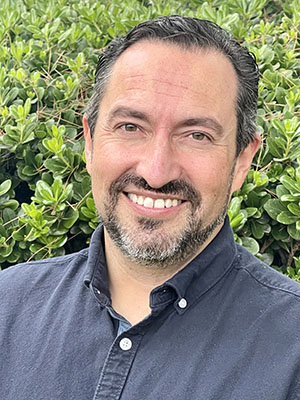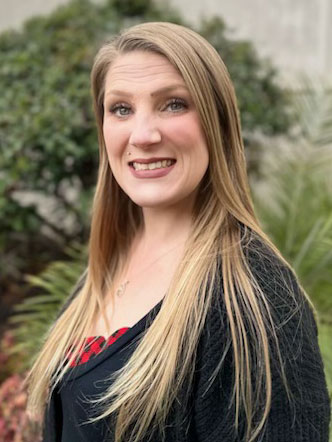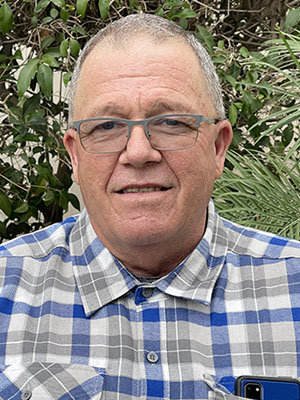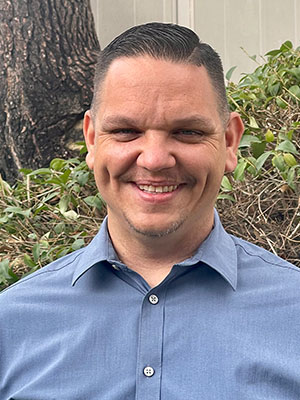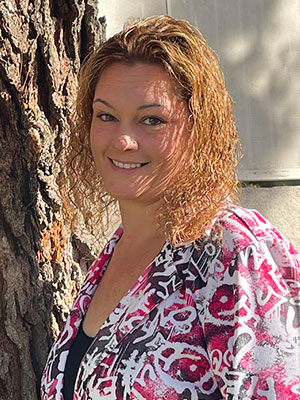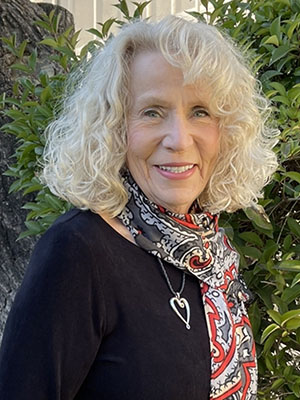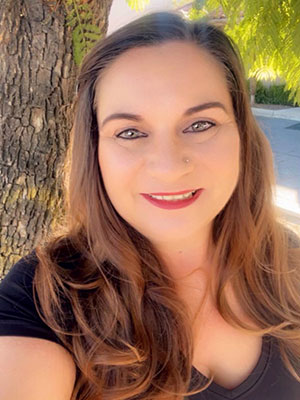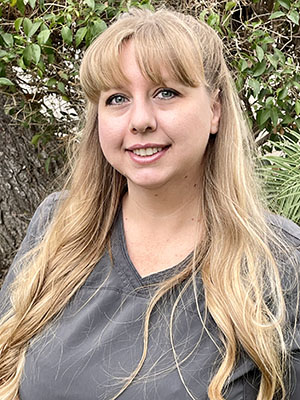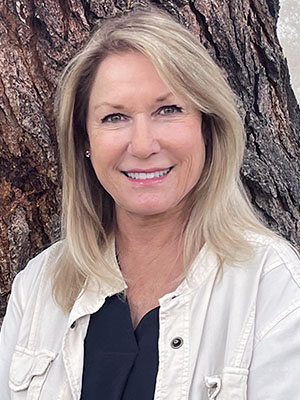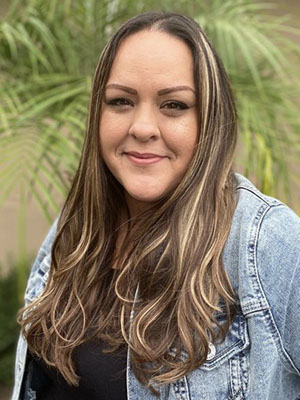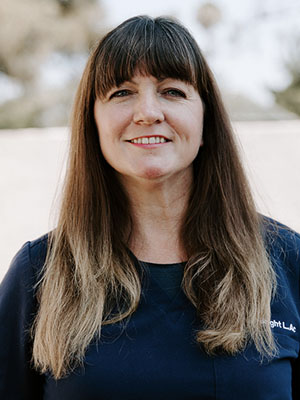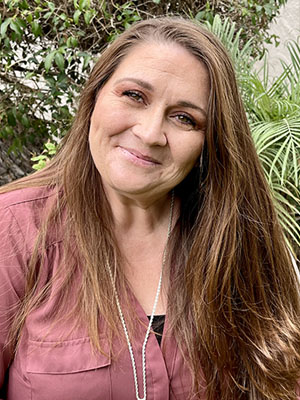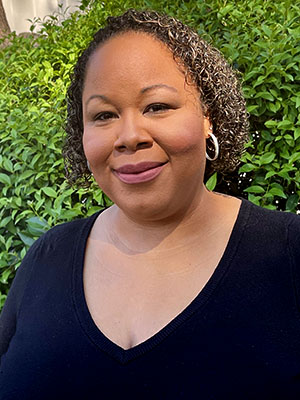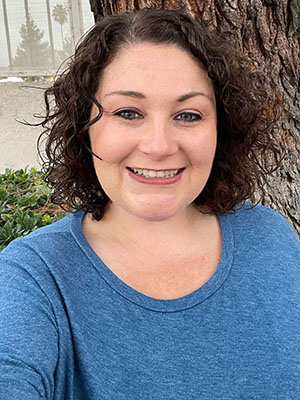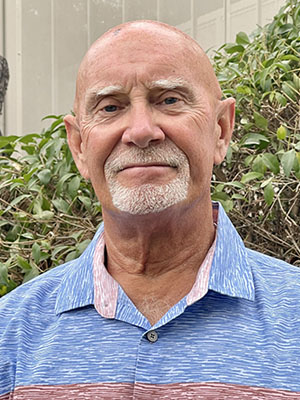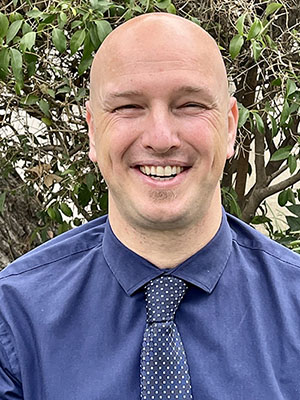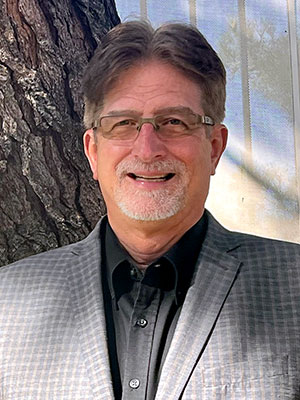As the American addiction epidemic rages on, the catalyst of which is believed to be opioids, it’s easy to forget the age-old history of pain-killing narcotics. Not that the origins of opium-based drugs have any bearing on the lives of addicts, but acknowledging previous attempts to rein in addiction can be informative.
Most Americans are acutely familiar with the impact of opioids on society. Drugs in the opiate family have long been used in medicine and for pleasure. However, we’ve seen an unprecedented surge in use and abuse over the last two decades.
Rampant overprescribing of drugs like OxyContin (oxycodone) – beginning in the late 1990s – resulted in millions becoming dependent and addicted. A reckless disregard among pharmaceutical companies and doctors for acknowledging the dangers of prescription opioids created today’s public health crisis. Once the faucet was turned on, it soon became apparent that turning it off was a near-impossible task.
Curbing widespread opioid use isn’t as simple as altering prescribing practices. It helps but does little to address the underlying addiction. Physical dependence to opioids is more powerful than the majority of other mind-altering substances carrying the potential for abuse. Those caught in the grips of an opioid use disorder will seek out new access points to sate their cravings.
The rise in heroin use in recent years is the direct result of not attending to the use disorders brought on by prescription opioids. Studies show that the majority of heroin users alive today first used a narcotic painkiller. Staggering heroin use rates seen today are a byproduct of rampant overprescribing followed by implementing more stringent prescribing restrictions.
Ending the Epidemic Through Recovery
The truth is that our government may not be able to effectively combat the flow of heroin and synthetic opioids like fentanyl into this country. However, they can give federal, state, and local public health agencies the resources to increase access to evidence-based therapies.
Opium and its derivatives have been disrupting and stealing people’s lives for millennia. Governments around the world have made an effort to curb non-medical use of opium and opioids for centuries with very little success. The failure to control opioid use disorders in generations past stemmed partly from the lack of available therapies. It’s only in this century that effective treatments proved that addiction recovery was even possible.
PBS Frontline created a timeline that shows opium throughout history that is both fascinating and informative. We strongly recommend taking a look at it in your free time. Notable dates include:
- c.3400 B.C. — The opium poppy is cultivated in lower Mesopotamia; present-day Iraq, Kuwait, eastern Syria, and Southeastern Turkey.
- 1799 A.D. — China’s emperor, Kia King, bans opium completely, making trade and poppy cultivation illegal.
- 1803 A.D. — Friedrich Sertuerner of Paderborn, Germany, discovers the active ingredient of opium: Principium somniferum or morphine.
- 1874 A.D. — English researcher, C.R. Wright first synthesizes heroin, or diacetylmorphine, by boiling morphine over a stove.
- 1895 A.D. — Bayer begins production of diacetylmorphine and coins the name “heroin.”
- 1996 A.D. — International drug trafficking organizations in China, Nigeria, Colombia, and Mexico are said to be “aggressively marketing heroin in the United States and Europe.”
PBS points out that doctors in the first years of the 20th Century recommended using heroin to help morphine addicts discontinue their use. Naturally, heroin addiction in the U.S. rose to alarming rates by 1904. Treating opioid use disorder has come a very long way in the last hundred years.
California Opioid Use Disorder Treatment
Please contact Hemet Valley Recovery Center & Sage Retreat if you or a loved one is struggling with an opioid use disorder. Our team relies on evidence-based treatments to help our clients break the cycle of addiction and learn how to prosper in recovery.



